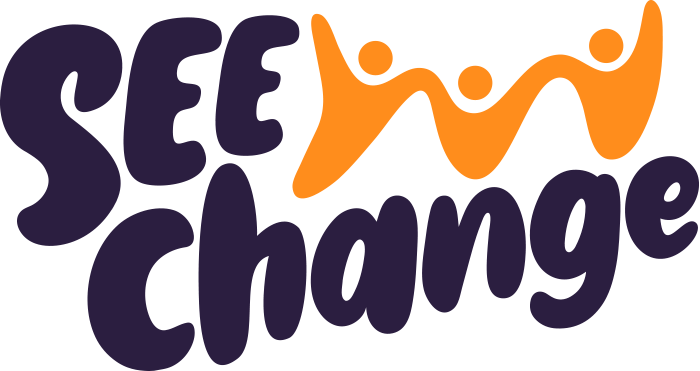Dingoes: Heart of the High Country
The frost was just beginning a slow melt and the birds not quite ready to peck through frozen ground for their morning feed when we set off for today's dingo adventure. Knowing, of course that due to generations of uncontrolled wild dog control we were unlikely to catch even a glimpse of our much maligned native canid. As we came ever closer to Namadgi the forests opened to fields of sheep - the buffer zone where graziers and dingoes come into deadly conflict. This is where the killing happens. 1080 a deadly poison set along the parks border twice a year. It's an old story, the characters sometimes change, first the thylacine, now the dingo, but the story almost always ends in extinction.
But I digress... No doubt there would have been a buzz(or baaa) in those paddocks as sheep watched the steady flow of cars winding their way up the hills to a dingo event where the secret life of dingoes was soon to be revealed by cleverly hidden cameras located throughout the park. James Vandersteen, a young UNSW PhD candidate's research cameras had captured a hidden nocturnal world of the dingo and other native creatures going about their nightly maneuvers. We were fortunate to have had the unique opportunity to glimpse into those lives as James guided us through Namadgi to a few of his more accessible research camera sites, while discussing his scientific findings. And no field trip would be complete without a citizen scientist research sheet, an extra bonus to our scientific literacy, which James kindly provided.
James has been researching dingoes in Namadgi for sometime now. His research focus reveals the impact on the environment once an apex predator is removed and without doubt his work will have profound implications for future dingo management decisions. As for us, the SEE Change community that gathered in the Orroral Valley that day to learn from James and experience dingo country - we can be advocates for a change in legislative policy that would see the dingo offered protection as a native animal not a "wild dog" and removed from the pest category.
Now is the time for our voices to be heard as government legislative committees are currently meeting to decide new dingo management options. We can write letters to the editor, talk to friends, use Facebook and other social media, write and call your legislative representatives - be inventive and get out the word that a world without dingoes is unacceptable! Points to consider in your dialogue is that graziers increasingly have options beyond lethal control to protect their livestock and many have begun to employ non-lethal strategies to protect their herds from dingoes. We would happily support an initiative to provide funding for farmers who trial non-lethal predator management options. We've included a more extensive bibliography below.
So let's meet again, not too far in the future and hope to hear the howl of our Warragul, our dingo, across Namadgi country, still strong and proud, still alive in his ancient homeland.
- Lyn, SEE Change Gungahlin co-convenor
Credits:
Thank you to Claire our SEE Change volunteer for the extensive bibliography and Mia for her beaut graphic designs.
Bibliography
Defend the Wild [First Nations]
Education and advocacy in collaboration with a range of conservation organisations
www.defendthewild.org/strategic-plan
Myall Lakes Dingo/Dapin Project, Centre for Ecosystem Science, UNSW Sydney
www.unsw.edu.au/research/ecosystem/our-research/terrestrial-ecosystems/dingo-project
Australian Dingo Foundation
Sanctuary, public education and genetic research
Taronga Conservation Society Australia
Gene pool preservation and public education
National Zoo and Aquarium, Canberra
Sanctuary and genetic research
nationalzoo.com.au/animal/dingo/
Zoos Victoria Healesville Sanctuary
Sanctuary and conservation education
www.zoo.org.au/healesville/habitats/dingo-country/dingo/
Jirrahlinga Dingo Conservation and Wildlife Education Centre
Wildlife sanctuary
Bush Heritage Australia
Habitat provision and conservation education
www.bushheritage.org.au/species/dingoes
Bushland Dingo Haven, near Benalla, Victoria
Sanctuary
www.facebook.com/bushlanddingohaven/
Humane World for Animals
Collaboration with landowners to develop Predator Smart solutions to reduce human-dingo conflict
Landholders for Dingoes
Landholders group who are providing options and new solutions for dingo-human coexistence
Dingo Den Animal Rescue
Sanctuary, education and advocacy
www.dingoden.net/resources.html
Scientific research
Top predators as biodiversity regulators: the dingo Canis lupus dingo as a case study. M Letnic, E Ritchie, C Dickman. Biological Reviews Journal. 2012.
The myth of wild dogs in Australia: Are there any out there?
Cairns. Crowther, Nesbitt, Letnic. Australian Mammalogy Journal. 2022.
What is a dingo? What are its origins, hybridisation, and identity? Cairns, K Australian Zoologist Journal. 2021.
Predator Smart farming: Modernising Australia's Approach to Livestock Protection. Boronyak L , Quartermain E. Humane Society International, Australia 2022.
Current Management and Legislative Context
Official ACT information on dingo and wild dog management
www.act.gov.au/environment/animals-and-plants/animals/wildlife-management/waragul-dingoes
Report on ACT’s new protections for Namadgi dingoes after genetic research: Clare McCabe. ACT moves to protect dingoes after genetic study into animals in Namadgi national park
The Guardian. 2024.
Dingo Culture: First Nations group advocating for legislative change relating to dingoes
www.dingoculture.com


